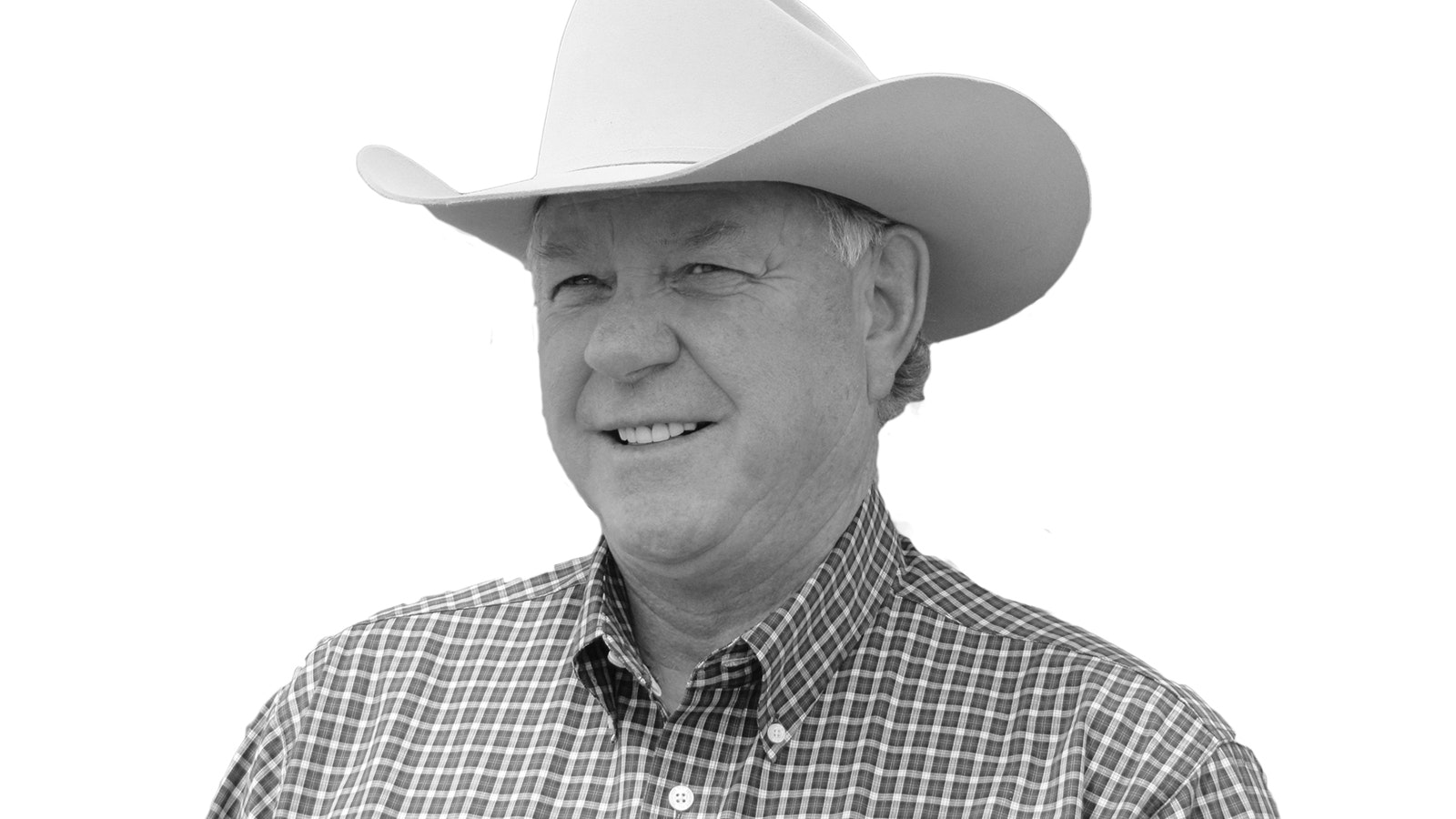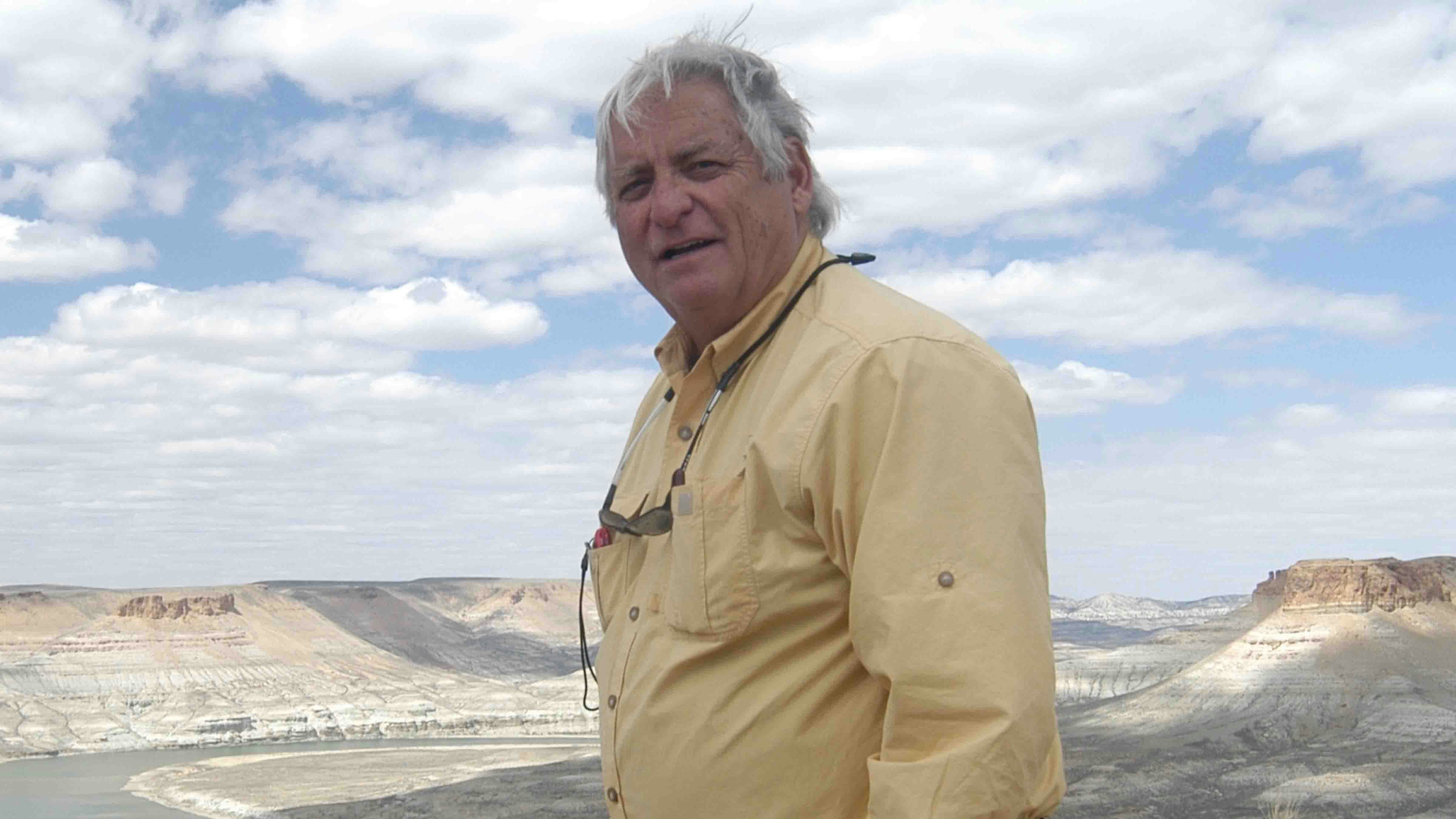In drought years, like many in the West are currently experiencing, we realize just how precious water is – both ground and surface water.
In reality, as a state, it is worth fighting over.
Wyoming being a headwaters state is a really fortunate situation where we can hope to always satisfy our water right allotments.
But, it can also be troublesome, as downstream water users always think we are controlling and using more water than we are supposed to.
Don’t worry, this issue has been going on for ages, from the smallest water right on a local creek, to the Colorado River and on down to Mexico.
States downstream have always wanted more water, which makes for a big problem – a problem which most likely ends up in court.
Managing for drought is a complex issue. One always needs to have a plan for the worst and hope for the best. The worst is not the end of the world, but it does seem like it.
For western states, there is always a drought somewhere and ample moisture somewhere else.
There are two kinds of drought – a forage drought where there hasn’t been enough snow or rain to fill small ranch reservoirs and make grass on the range, and a hydrological drought where large storage reservoirs and waterways are low on water, mainly from low snowpack in northern states.
One has to distinguish between the two when making decisions on these lands.
States within the Colorado River watershed have been having ongoing discussions on managing water. This year, many of the Colorado River Basin’s mountain ranges held less than 50 percent of their spring snowpack.
The western side of Wyoming’s Wind River Mountains are a great source of water, along with other mountain ranges in western Wyoming. In fact, Wyoming’s Green River Basin is one of the Colorado River’s largest tributaries.
Earlier this year, the Wyoming State Engineer and the Attorney General’s Office met with some Wyoming legislators to discuss ongoing Colorado River negotiations.
They were clearly told Wyoming must adapt to a future in which the river has an inadequate supply of water for all of its users.
Here in Wyoming, one of the biggest users is agriculture – which many downstream don’t believe is important – and, in some years, recreation.
Instream flow backers simply want waters to flow for fisheries and other uses. They don’t realize irrigation stores water in meadows and releases it through the summer.
The lower Colorado Basin states of Arizona, Nevada and California think agriculture is a bad use for water, except in their states. Arizona has let Saudi Arabia grow alfalfa for years on hundreds of acres.
The lower basin states – with their exploding populations – have really mismanaged their water, from Las Vegas to Phoenix. Now they are starting to realize they have a problem with water usage.
In some places, they are selling water for homes, almost like gasoline for cars.
I just know in the negotiations, lower basin states are going to scream the loudest and stomp their feet the hardest, but that is the first place for water management instead of Wyoming’s Green River.
Wyoming just needs more storage dams.
Dennis Sun is the publisher of the Wyoming Livestock Roundup, a weekly agriculture newspaper available in print and online.





